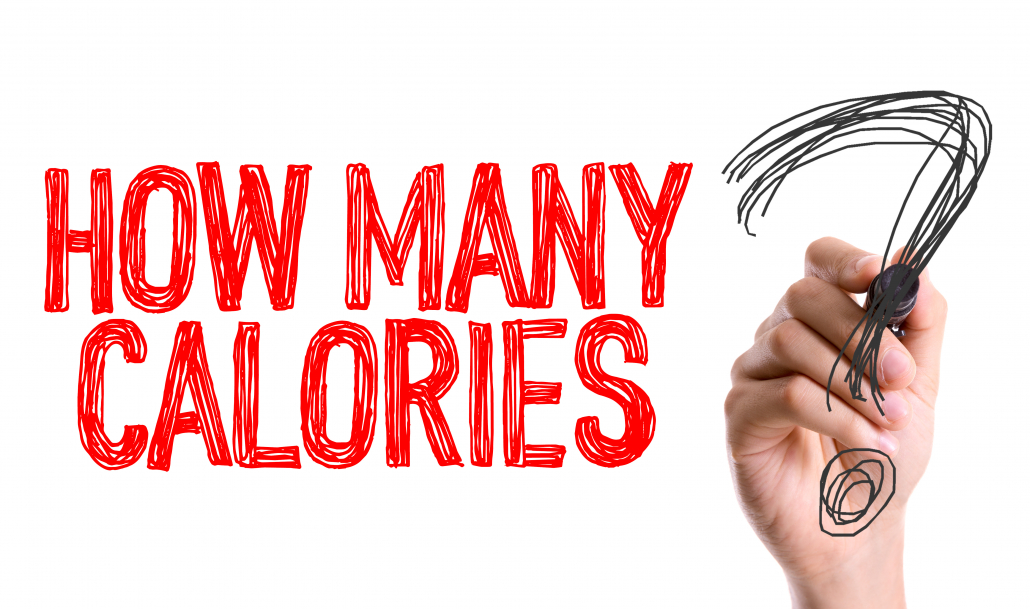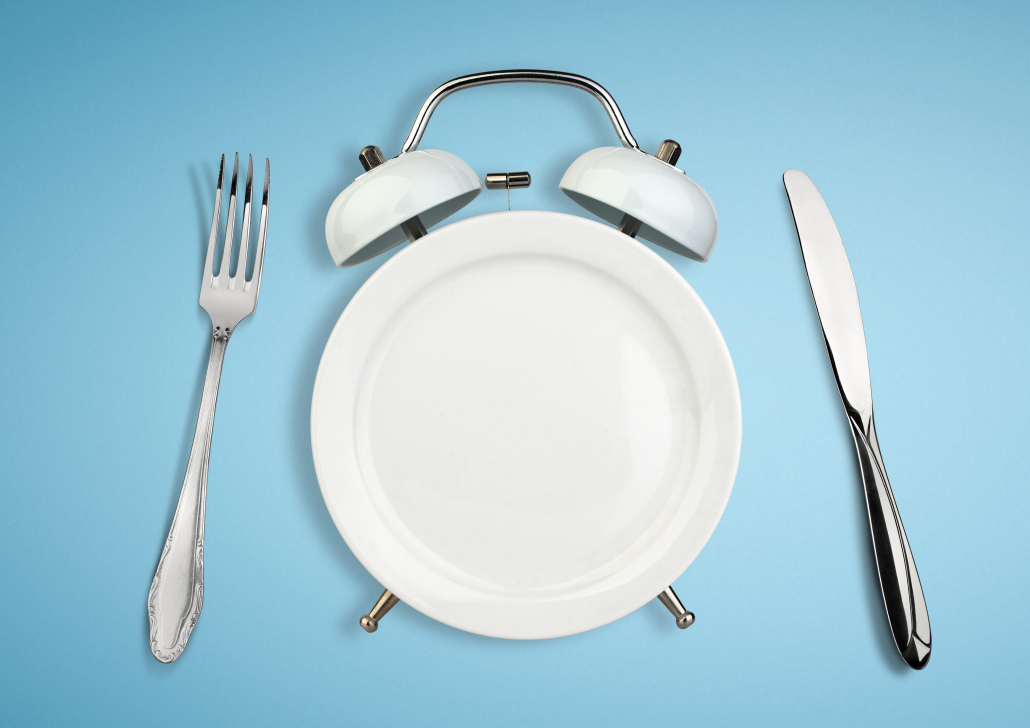We include products in articles we think are useful for our readers. If you buy products or services through links on our website, we may earn a small commission.
The Optimal Approach to OMAD Macros and Calories

Table of Contents
OMAD is the abbreviation of One Meal A Day–a popular approach to intermittent fasting or “feasting”. When practicing OMAD you consume all of your calories and macros in a one-hour feasting period.
Though you don’t necessarily count calories on OMAD, the type of calories is extremely important. Selecting fatty whole foods mostly from animal sources will provide the optimal fuel for your body, leave you satiated during the fasting period, and protect against consuming too few calories.
Let’s explore more closely what OMAD calories and OMAD macros look like in practice.
Why People Do OMAD
People practice OMAD for its potential to promote various health and lifestyle benefits:
- Simplicity
- More time and mental space for focusing on other parts of life like family, hobbies, career
- Boosts gut health
- Stimulates cellular renewal (autophagy)
- Reduces inflammation
- Increases hormonal sensitivity and balance
OMAD Calories
When considering OMAD calories the first rule is that OMAD is not a calorie-restrictive diet. On OMAD you will aim to consume the number of calories you need to feel satiated and energized. For most people this is between 1300 and 2000 per day.
That said, OMAD can be an effective way of reducing overconsumption of calories by virtue of how difficult it can be to consume more than 2000 calories in a single meal.
The key to understanding OMAD calories is that it’s not so much about how many calories, but what kinds of calories.
Chronic calorie restriction along with consuming large percentages of calories from high carb food sources can damage your immune system, thyroid function, and trigger hormone responses that actually make losing weight more difficult [1][2].
OMAD Macros
To feel satiated on OMAD while nurturing your body with an abundance of macro and micronutrients an ideal approach is to base your meals around fatty animal foods. In this way, a sustainable OMAD macros breakdown resembles that of a low-carb high-fat ketogenic and carnivore diet.
Keto and carnivore macro percentages look like this:
- 75-80 percent calories from fat
- 15-20 percent calories from protein
- 5-10 percent calories from carbs
If you’re aiming for an intake of 2,000 calories per day, a standard keto macro breakdown converted to grams looks like this:
- 1500 calories fat/9= 166 grams of fat
- 100 calories carbs/4= 25 grams carbs
- 400 calories protein/4= 100 grams protein
There is evidence that combining intermittent fasting with keto may in enhance their mutual benefits. When practicing OMAD in specific, this approach is known as speed keto.
To achieve these OMAD macros while also fulfilling your micronutrient needs a well-formulated OMAD meal plan is centered around whole, high-fat animal foods. These foods include the healthiest meats, and nutrient-dense superfoods all of which are among the healthiest foods to eat in the world.
Center your OMAD meals around the following foods and you won’t have to worry about counting your macros or micronutrients:
- Ruminant meats like steak, lamb, bison
- Seafood including oysters and salmon roe
- Fatty fish like salmon, mackerel, and anchovies
- Organ meats like liver, kidney, and bone marrow
- Eggs
- Healthy fats like butter, tallow, ghee, and coconut oil
- Pork belly
- Low toxin fruits and veggies like avocado and berries
- Organ meat supplements for bioavailable nutrients when fresh organ meats are hard to source or unpalatable
Just as important as considering the foods to include on OMAD is identifying what foods are best avoided, these include:
- Industrial vegetable and seed oils
- Processed foods
- Low nutrient grains like wheat and rice
- Added sugars, dried fruits, fruit juice, and soda
- Veggies high in plant toxins like kale and spinach
For a more in-depth exploration of what to eat on OMAD check out a 7-Day OMAD meal plan.
Does Following OMAD Work?
There haven’t been any studies looking specifically at OMAD, but there have been numerous studies looking at similar versions of intermittent fasting that can be used to evaluate OMAD.
Various studies suggest that longer fasting windows have overall benefits.
A 2017 pilot study with obese patients showed that two weeks of eating within a 7-hour window reduced fasting and postprandial blood sugar when compared with eating within the baseline 12-hour window [3].
A 2009 study compared eating 3 meals per day to eating the same exact selection of food within a 4-hour window (20 hour fast). However, the macros resembled that of a standard American diet with 50% of calories from carbs, 15% protein, and 35% fat.
The group eating practicing the 20 hour fast lost 4.4 lbs in body fat and maintained lean mass. The 3 meals a day group didn’t lose any weight. The intermittent fasting group also had lower triglycerides [4]. Both ‘good’ HDL and ‘bad’ LDL cholesterol went up in the fasting group. And though the authors cannot rule out danger from the modest increased LDL, a lower TG: HDL ratio has been strongly linked to lower cardiovascular risk, even with high LDL [5].
OMAD Macros and Calories: The Takeaway
A well-formulated low-carb high-fat macros approach to OMAD increases satiation, reduces hunger and cravings, and makes OMAD easier to stick with and enjoy.
When consuming a diet based on macro and micronutrient-dense foods like healthy fats, keto meats, keto cheese, fatty fish, and seafood, you won’t have to worry about tracking calories.
Taking your OMAD macros a step further and practicing a nose-to-tail carnivore diet that eliminates all plant toxins while nourishing your body with organ meats may supercharge your health and wellness routine.















